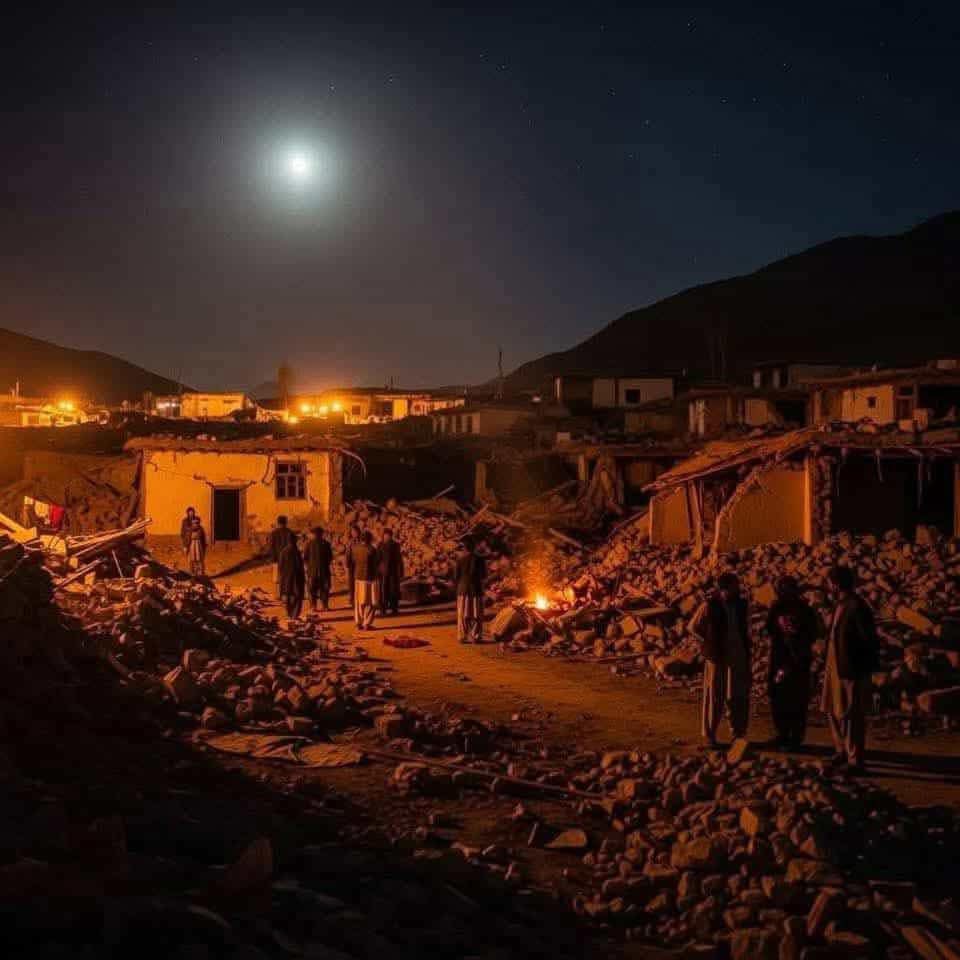A series of earthquakes struck eastern Afghanistan late Sunday night and early Monday morning (August 31 and September 1), killing and injuring at least 35 people. The first tremor, measuring 6.0 on the Richter scale, occurred at 11:47 PM local time near the city of Jalalabad. Its epicenter was located 8 kilometers deep and approximately 27 kilometers northeast of Jalalabad, near the mountainous border region between Kunar Province and the area between Jalalabad and Asadabad.
Twenty minutes later, at 12:08 AM Monday, a 4.5 magnitude aftershock hit the Basawal area in Momand Dara district of Nangarhar Province. A third quake, measuring 5.2, was recorded at 2:03 AM, some 39 kilometers northeast of Jalalabad.
According to local Taliban officials, the earthquakes left at least nine people dead and over 25 others wounded, including two children. The worst damage was reported in Nangarhar and Kunar provinces.
Tremors were felt beyond Afghanistan’s borders, with residents in Pakistan’s cities of Peshawar and Islamabad—particularly in the Khyber Pakhtunkhwa region—reporting noticeable shaking.
Seismologists noted that eastern Afghanistan lies on the active Hindu Kush seismic belt, making it prone to frequent earthquakes. The shallow depth of the tremors contributed to stronger shaking at the surface.
Taliban officials said emergency response teams were dispatched to assist the victims. However, analysts cautioned that the Taliban lack the expertise, resources, and logistical capacity to respond effectively to such disasters.







